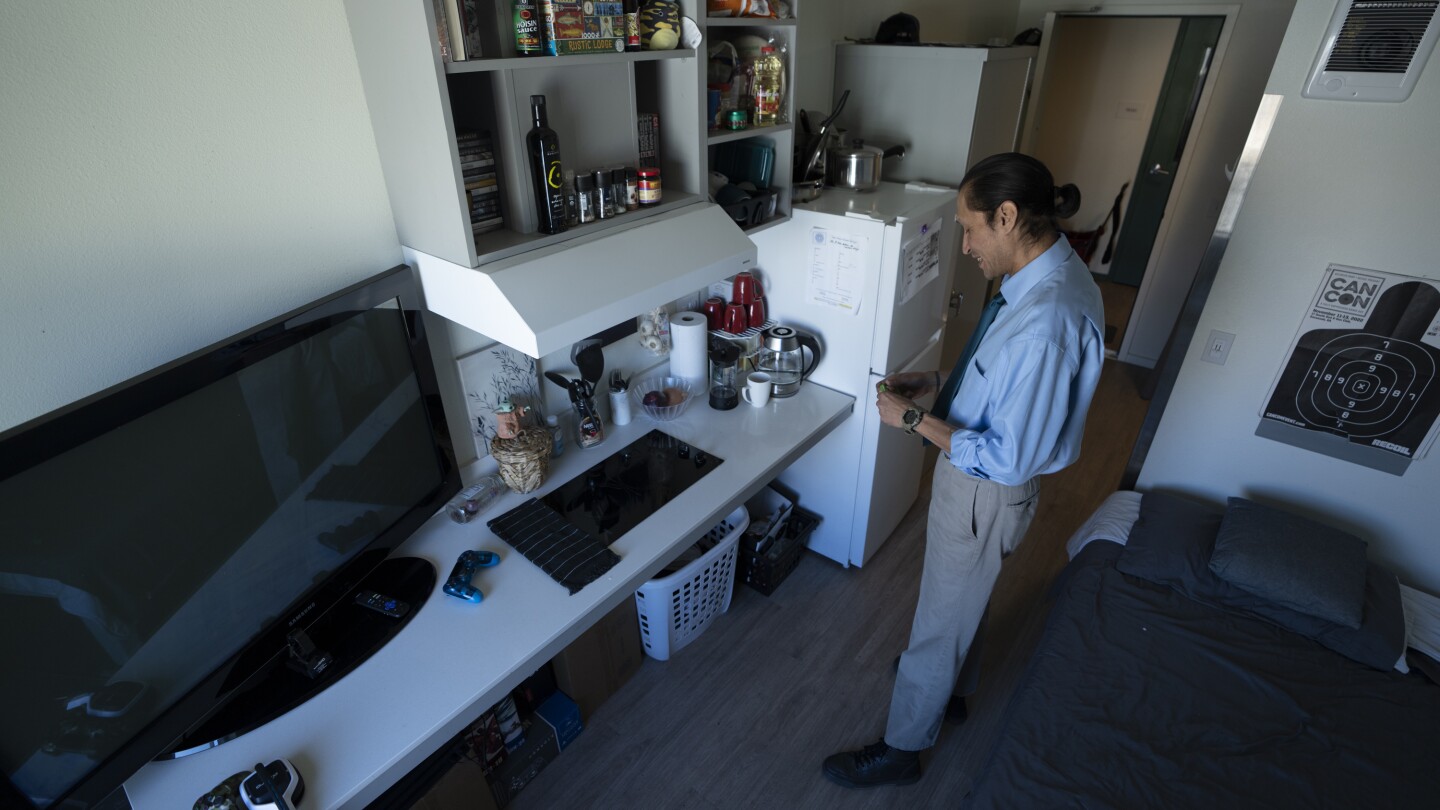A century ago these would have been called tenement houses, but now we did a hip and cool Millennial rebrand: micro-apartments! The article spins this nicely:
The 180-square-foot (17-square-meter) room is filled with an air mattress where she, her partner and their children, ages 2 and 4, sleep. It’s also where they play or watch TV. At mealtimes, it becomes their dining room.
Boarding houses that rented single rooms to low-income, blue-collar or temporary workers were prevalent across the U.S. in the early 1900s. Known as single room occupancy units, or SROs, they started to disappear in the postwar years amid urban renewal efforts and a focus on suburban single-family housing.
Now the concept is reappearing — with the trendy name of “micro-apartment” and aimed at a much broader array of residents — as cities buffeted by surging homelessness struggle to make housing more affordable.
Wow look at all this urbanist progress!



This is the best summary I could come up with:
But at $900 a month —more than $550 less than the average studio in Seattle — the micro-apartment with a bare-bones bathroom and shared kitchen was just within their budget and gave them a quick exit from their previous arrangement sleeping on the floor of a church.
Known as single room occupancy units, or SROs, they started to disappear in the postwar years amid urban renewal efforts and a focus on suburban single-family housing.
Now the concept is reappearing — with the trendy name of “micro-apartment” and aimed at a much broader array of residents — as cities buffeted by surging homelessness struggle to make housing more affordable.
“If you’re a single person and you want a low-cost place to live, that’s as cheap as you’re going to get without trying to find a subsidized apartment,” said Dan Bertolet, senior director of housing and urbanism for the non-profit research center Sightline Institute.
Cities need to focus on building affordable housing that also includes larger units, such as studios and one-bedroom apartments, said Marisa Zapata, a land-use planning professor at Portland State University.
The units have a median rent of $550 a month, making them a “vital option” for people exiting homelessness or living on fixed incomes, such as those with disabilities, said Sarah Holland, senior director of supportive housing and employment.
The original article contains 1,209 words, the summary contains 221 words. Saved 82%. I’m a bot and I’m open source!